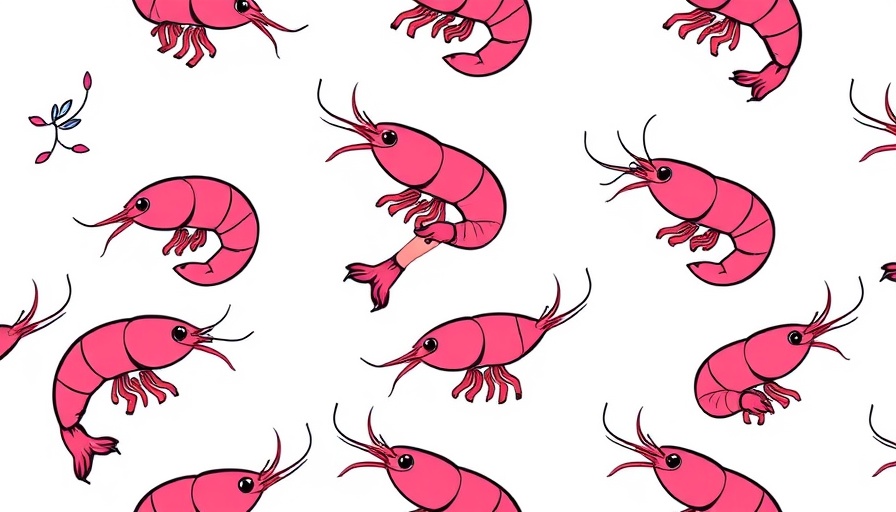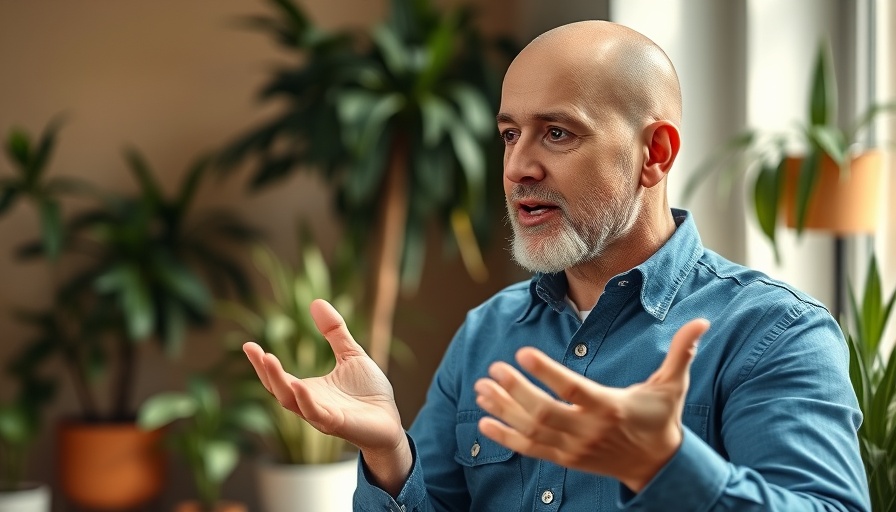
The Mystery of the Black Line: Is it Safe to Eat Shrimp?
As any seafood lover knows, shrimp is a staple in many cuisines around the world. However, while some enjoy these crustaceans fried, grilled, or sautéed, a common question among consumers is: What is the black line running down the back of the shrimp, and is it, in fact, safe to eat? Let’s delve into this intriguing culinary conundrum.
What is the Black Line?
The black line in question is often referred to as the shrimp's "vein," which is, in reality, its digestive tract. This tract can contain sand and other waste materials, leading many people to wonder if it’s unhygienic or if they should avoid eating it altogether. Health experts note that this digestive tract is generally not harmful if consumed, but it can affect the texture and taste of the shrimp. However, many culinary professionals and enthusiasts insist on deveining shrimp to enhance the dining experience, asserting that it leads to a cleaner and more palatable dish.
Why It's Important to Devein
While consuming shrimp with the black line may not pose significant health risks, devoting a little time to devein shrimp can profoundly impact one’s health and wellness journey. Removing the line not only improves flavor but also reduces the likelihood of consuming any remnants of waste. This can be particularly important for those pursuing a health and wellness lifestyle where optimal eating practices play a vital role in overall health.
Health and Wellness Considerations
For individuals interested in health and wellness, it’s essential to be mindful of food preparation practices. While the shrimp's digestive tract is not inherently dangerous, knowing exactly where your food comes from and how it’s cleaned is paramount. Eating naturally healthy foods like shrimp can be beneficial when prepared properly. It’s particularly crucial for those in health-centric communities, like those found in San Antonio, to be aware of the best practices for seafood consumption.
Engaging with local health and wellness businesses can provide insight into how to safely prepare shrimp and other seafood. Many businesses in San Antonio focus on educating consumers about food safety, emphasizing the importance of choosing quality products while adhering to optimal cooking methods.
Future Trends in Seafood Safety and Health
As the trend towards health consciousness continues to rise, so too does the focus on seafood safety. Future predictions indicate that the seafood industry will likely enhance transparency regarding sourcing and preparation. This means consumers can expect to see more information about how shrimp is processed and prepared, allowing for healthier choices. Communities that actively promote health and wellness will benefit from these changes as they embrace more holistic approaches to nutrition.
FAQs: Common Concerns About Shrimp Consumption
Many still have questions about shrimp consumption and the infamous black line. A frequently asked question is, “Is it okay to eat shrimp with the black line?” In most cases, it is safe, though many chefs recommend deveining for a better taste experience. Another common concern is about the sustainability of shrimp fishing practices. Choosing shrimp sourced from responsible fisheries can enhance both personal health and environmental wellness.
Conclusion: Taking Action Towards Healthy Eating
In conclusion, understanding the nature of the black line in shrimp is an important step in becoming a more informed consumer. By engaging with the details of how your food is prepared and sourced, you can ensure a safer and more enjoyable eating experience. As you incorporate shrimp into your diet, consider visiting local health and wellness centers that offer resources and community events to support your journey toward optimal health.
 Add Row
Add Row  Add
Add 




 Add Row
Add Row  Add
Add 


Write A Comment